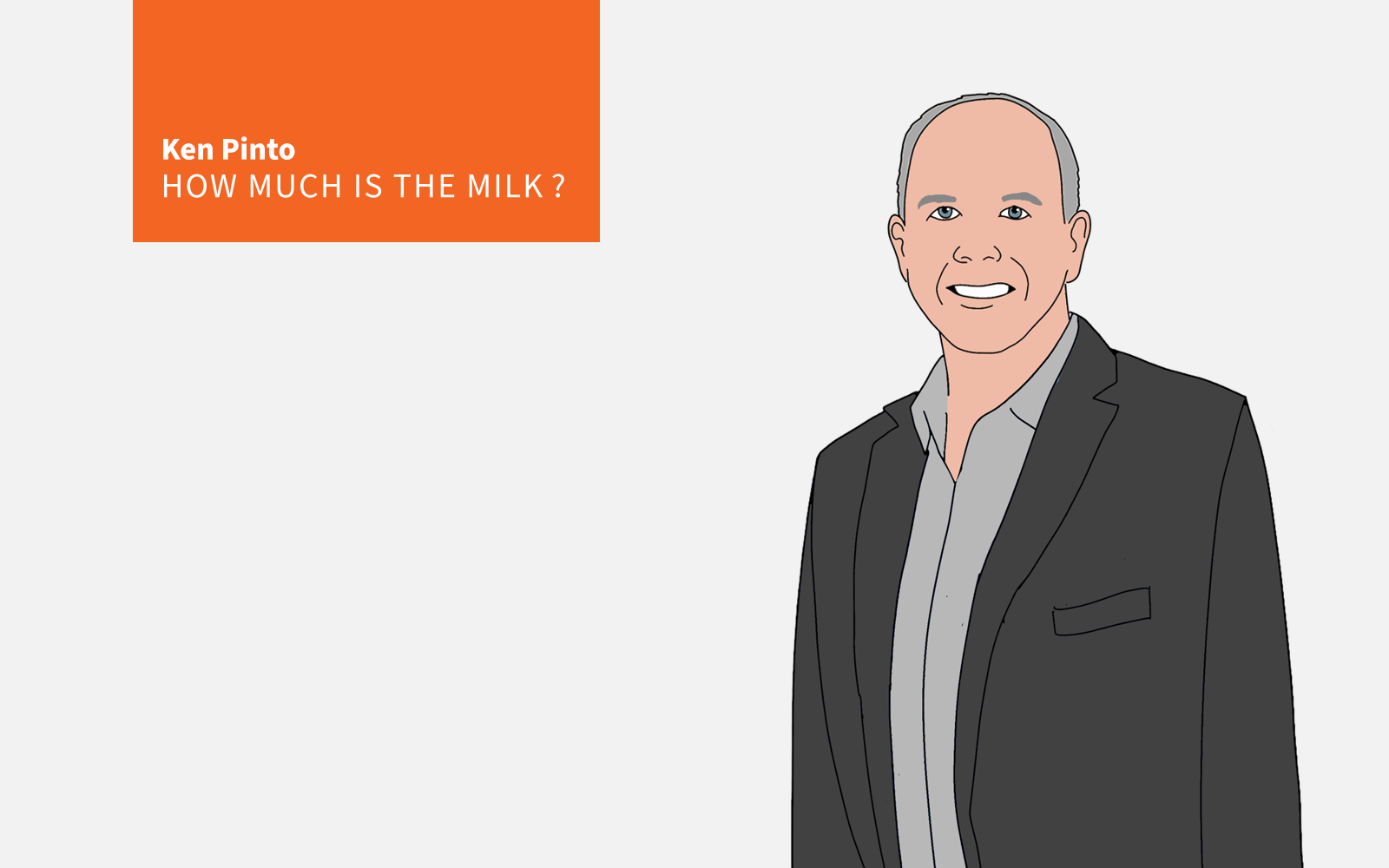Products
Q1 Commodity Report Hints At Higher Prices On The Horizon
A look at March 2024 commodity tracking data provides homebuilders with insights to guide their predictive analysis processes. Here are the pressure points.

Commodity tracking is a crucial element in predictive analysis for homebuilders who want to understand and manage costs. The tracking data should prompt you to ask questions you otherwise would not have, making you a more responsible steward of direct construction costs.
We track commodities weekly and monthly, as the data is available, and share our information in hopes that it will help builders to predict future costs and validate current requests for changes. Commodity tracking data reports contracts occurring in the past one to three months. The Bureau of Labor Statistics’ Producer Price Index (PPI) data is the most lacking and can be as old as three months by the time it is finalized.
The data provided in commodity tracking should raise questions, not answer them. Use this information to identify where you need to dig further for answers to changes in pricing and availability. We recommend keeping a “Lessons Learned Log” for each product category (cabinets, concrete, plumbing, etc.) that shows your assumptions and results of each new contract or change order. This log becomes valuable when years of information are journaled, and it helps when onboarding new staff.
We believe you will find value in not only the commodities that have changed significantly in a short period but also those that have not changed. For example, if you were facing a 10% increase for ready-mix concrete but commodity tracking shows no increases, you can ask a question you may otherwise not have asked.
With this piece, we're starting a quarterly data and analysis series that should help you with some of the strategic sourcing and planning issues I've raised. The data here compares March 2024 data points with January 2024, March 2023, and March 2019. The latter is included because we may have gotten used to higher prices, so keeping pre-COVID prices in mind is important.
Quarterly Highlights
Aluminum wire
Aluminum wire, often used for the electrical service between the street and the house, has not changed in price in over seven months. It broke ranks in early April when pricing dropped by 39% on April 5. However, Southwire increased pricing on April 10, reducing the overall price reduction to 26%. (I know this is Q2 information, but I couldn’t wait to share.)
- Before you celebrate the 26% decrease, news of more U.S. and U.K. sanctions against Russia are driving speculation that aluminum and copper commodities are going up.
- For perspective, the 26% decrease is still 519% higher than it was in March 2019.
Cement
Cement has been on a slow and steady rise, showing 1% this quarter on the PPI, and up 8% from Engineering News-Record (ENR). The PPI often catches up with the ENR index.
Gypsum drywall
Gypsum drywall, typically a stable-priced commodity, is on the rise. The PPI shows a 5% increase this quarter. For perspective, we are 51% above March 2019 pricing.
Acrylic resin
Acrylic resin (paint, acrylic stucco, vinyl windows, plastic pipe, cultured marble, Corian, house wrap, exterior insulation, vinyl fences, carpet, etc.…), which caught our attention in February 2021 when the refineries in Houston froze and crippled supply, is on the rise again. This commodity often trails oil pricing but can be somewhat independent due to different supply/demand factors than gasoline. Pricing is up 8% this quarter.
Roofing felt
Roofing felt is on the rise, but this does not paint the whole picture for asphalt shingles. Asphalt typically trails higher than oil because refineries don’t like making asphalt — they make more money on other oil distillates. However, asphalt shingles as a finished product has its own supply/demand factors, like severe weather (hail) that damages roofs. I am already hearing hints of shortages and allocation. Higher pricing is likely not far behind?
Looking around the next corner ...
- Keep an eye on diesel fuel. Global instability, especially in the Middle East, will likely cause upward pressure.
- Horizontal construction materials, like ductile iron pipe, PVC pipe, and reinforced concrete pipe, have been steady for the past six months and seem to be on a slow-rise trajectory. Four-inch sewer pipe, although down 2% this quarter, is up 11% from last year and up 137% from 2019.
MORE IN Products
T-Time Ticking? Ken Pinto's Q4 Homebuilding Commodities Report
With end-of-year price hikes looming, homebuilders are pushing back harder than ever on material costs. Sharpened cost-control strategies, from commodity tracking to supplier negotiations, will be critical as builders brace for supply chain and demand-driven price shifts.
Brace for Impact: Builders Must Expect 2025 Supply Shocks ... Again
Strategic sourcing and supply chain sage Ken Pinto reveals how tariffs, labor policies, and thin margins could test builders’ resilience in a turbulent 2025. "Covid supply shocks were a missed opportunity."
Margin Pressure Gauge: Ken Pinto’s Q3 LBM Commodities Report
Moving from lump-sum contracts to unit pricing to find ways to reduce costs in the supply chain can be a win for homebuilders worried about high construction expenses.
